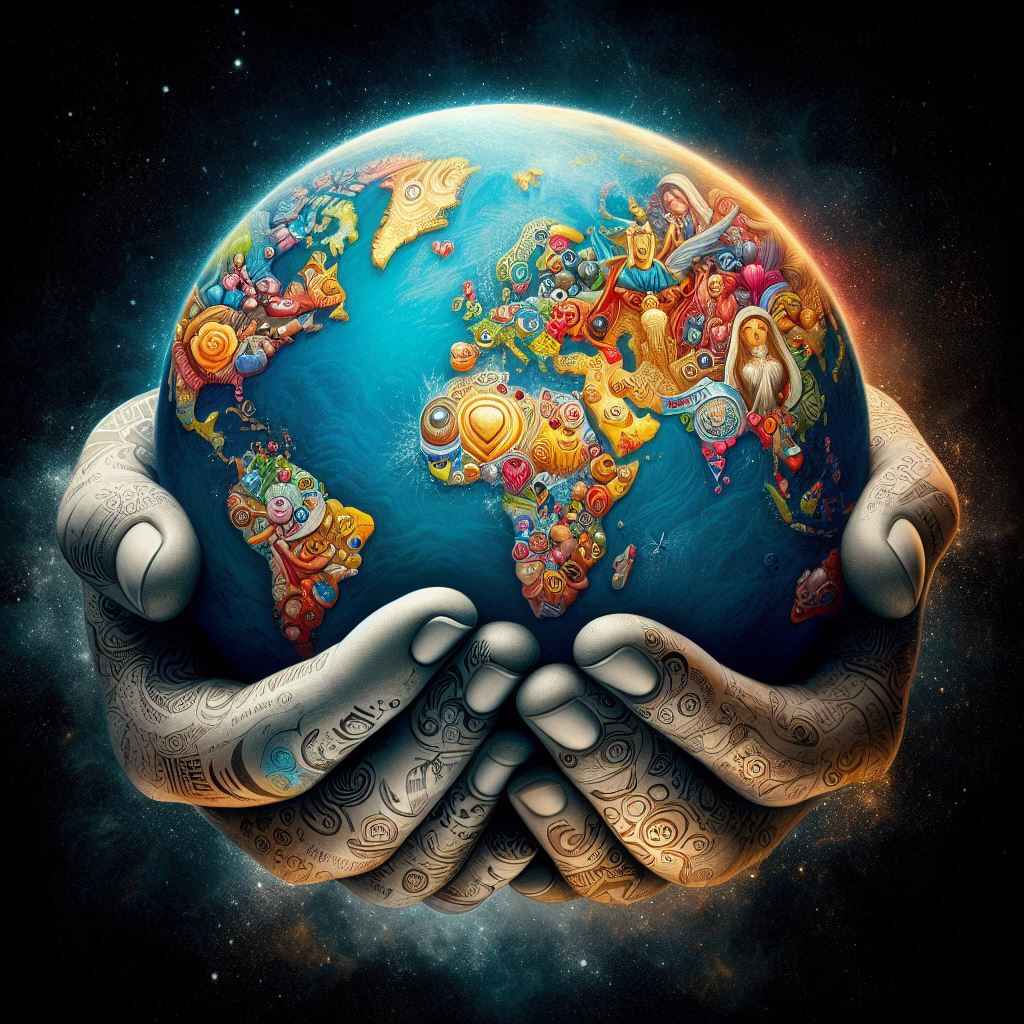The Moon is Beautiful, Isn’t It? A Look at Love’s Unspoken Language
A Celestial Spark: Love and the Moon Through Time
Gazing up at the moon, a luminous pearl in the velvet darkness, has sparked human connection for millennia. Poets have penned sonnets, artists have captured its ethereal glow, and lovers have shared whispered secrets beneath its watchful gaze. But in Japanese culture, the moon offers a unique way to express love – a simple phrase that transcends its literal meaning.

Beyond the Obvious: The Hidden Depths of “The Moon is Beautiful, Isn’t It?”
“The moon is beautiful, isn’t it?” While seemingly straightforward, this sentence carries a hidden depth, a whispered confession that speaks volumes. On the surface, the phrase translates to a casual observation about the night sky. However, its true power lies in its ability to convey a far more profound sentiment: “I love you.” This tradition is believed to have originated from a story about a Japanese novelist who overheard a student translating a direct declaration of love. The novelist, perhaps sensing the awkwardness of such a blunt approach, suggested a more nuanced alternative, and thus, the evocative “The moon is beautiful, isn’t it?” was born.
The Power of Subtlety: Unspoken Gestures and the Language of Love
The beauty of this phrase lies in its subtlety. True love, after all, isn’t always about grand gestures and flamboyant pronouncements. Sometimes, the most meaningful expressions are the quiet ones, the unspoken gestures that resonate deep within the heart. By saying “The moon is beautiful, isn’t it?”, you’re inviting your loved one to share a moment of appreciation for the world’s simple wonders. It’s a way of forging a connection, a silent promise whispered beneath the moonlit sky.
A Universal Language: Love’s Expressions Across Cultures
This concept extends beyond language and permeates Japanese culture. Gift-giving, for instance, is a significant aspect of social etiquette. However, the chosen gifts are often subtle and understated, carrying unspoken messages of care. A wife might gift her husband a new handkerchief, not out of practicality, but as a symbol of her constant thoughts. These unspoken gestures, like the moonlit phrase, speak volumes without uttering a word.

The next time you find yourself gazing at the moon, take a moment to appreciate the universality of this sentiment. Love, in its truest form, transcends cultural boundaries. A rose in the West carries the same weight of affection as the moonlit declaration in Japan. It’s the unspoken language of the heart, a language understood by lovers across the globe.
A Timeless Beacon: The Moon’s Enduring Presence
The moon itself is a timeless symbol, a celestial beacon that has guided humanity since the dawn of civilization. It has inspired countless stories, myths, and works of art, forever linked to themes of love, romance, and longing. As we look up at the moon, we connect not only with our loved ones, but also with generations past who shared the same wonder under its silvery light.
The Whisper of Love: A Final Reflection
“The moon is beautiful, isn’t it?” This seemingly simple phrase holds a universe of emotions within it. It reminds us that the most profound expressions of love can often be the quietest ones, the unspoken gestures that resonate most deeply. So next time you find yourself beneath the moonlit sky, share this beautiful phrase with someone you love, and let the magic of unspoken emotions work its gentle magic.





